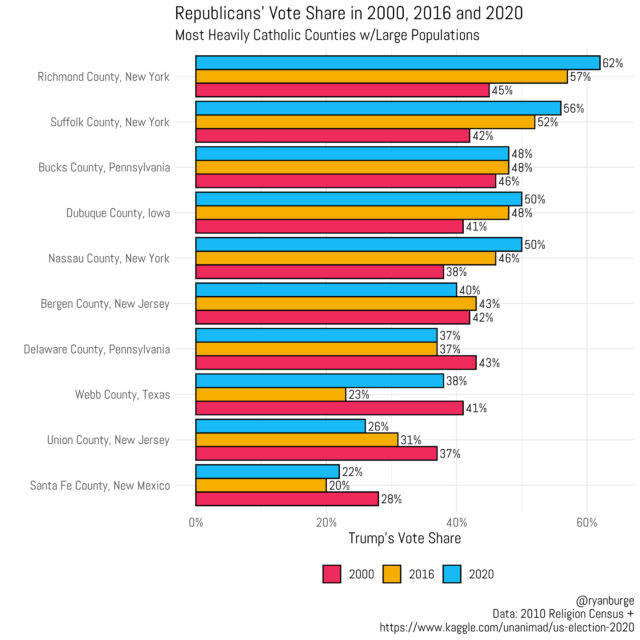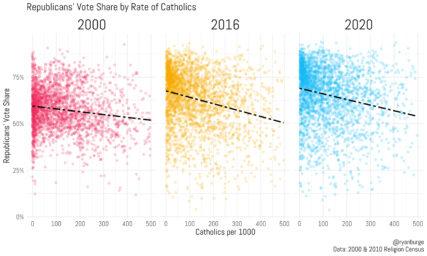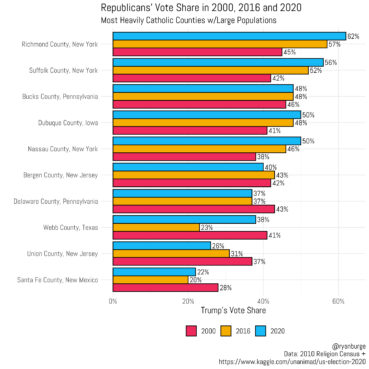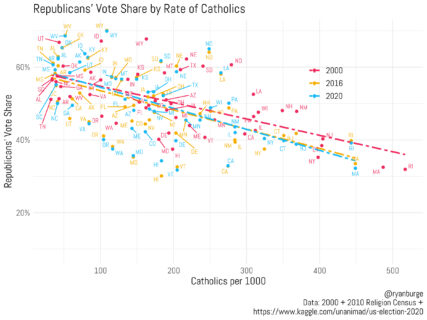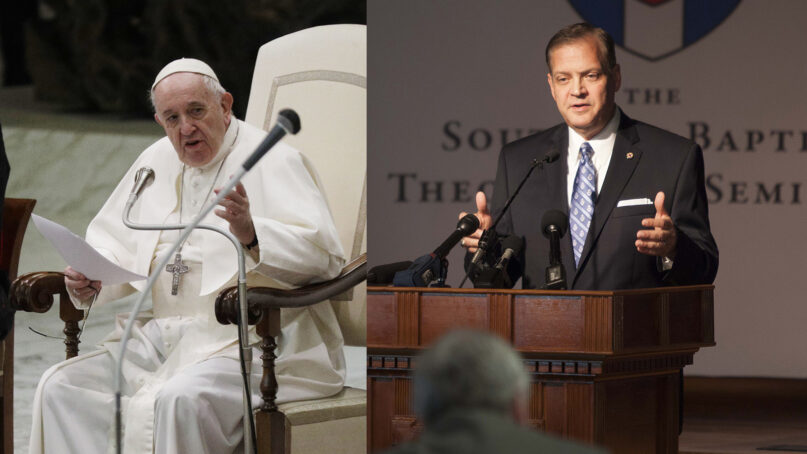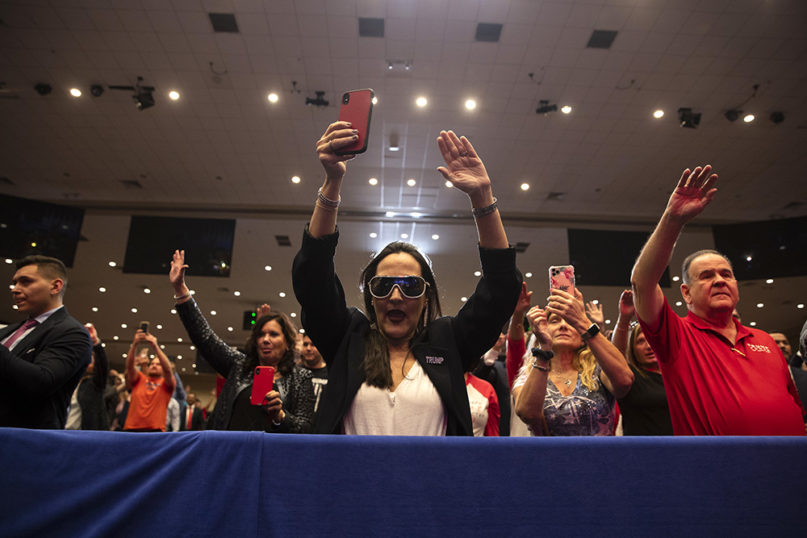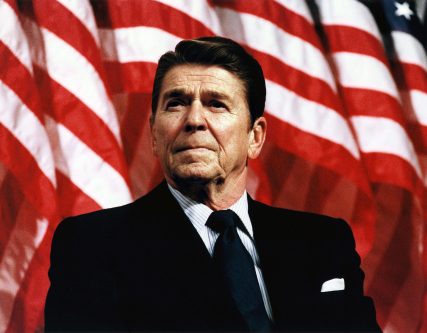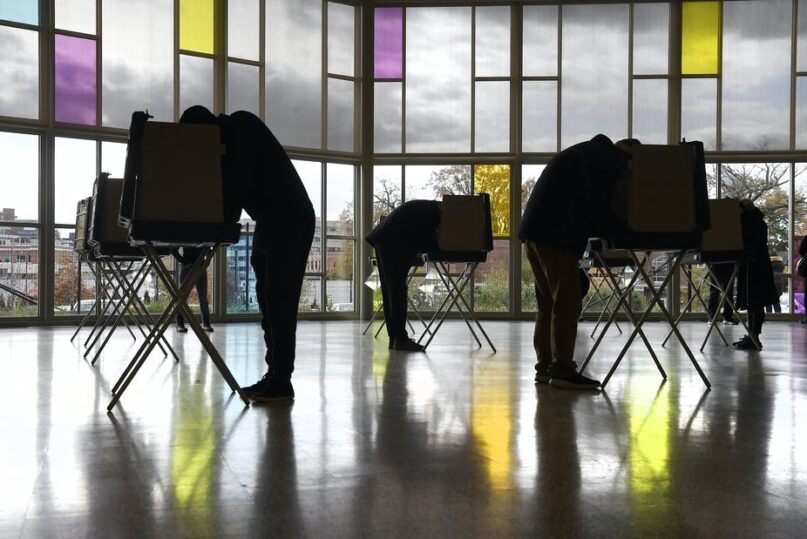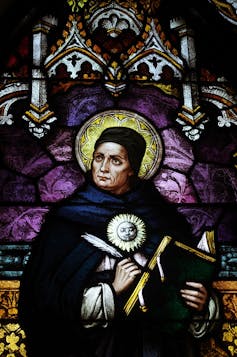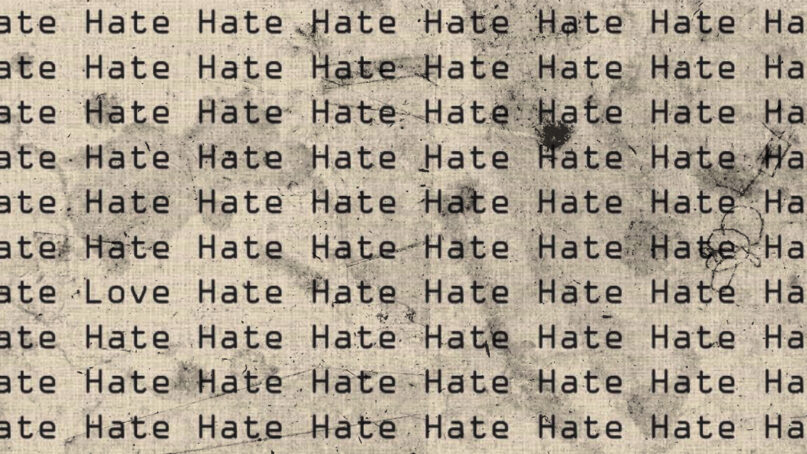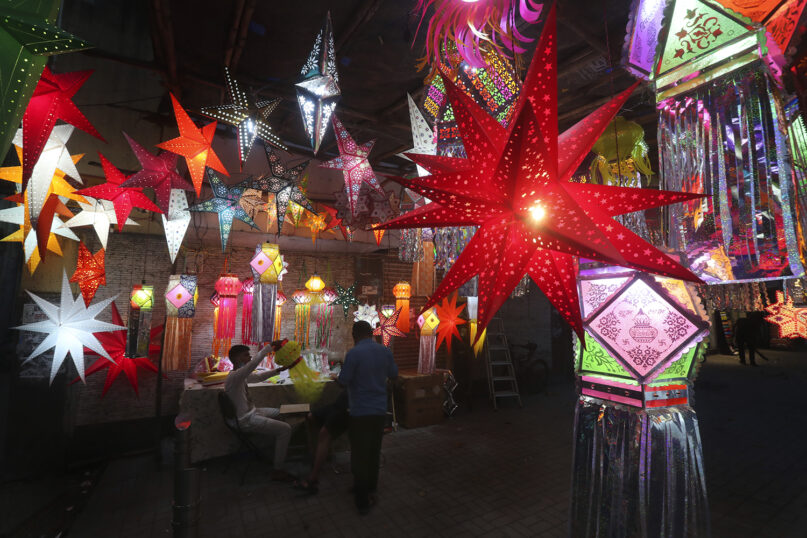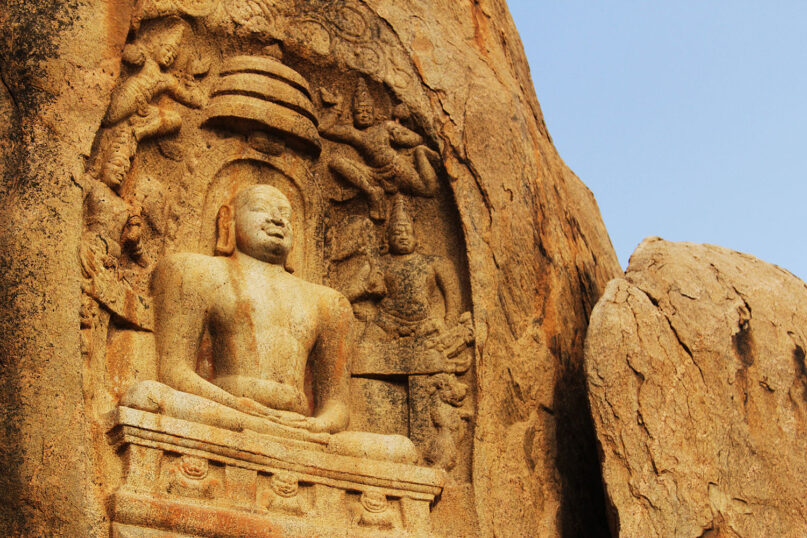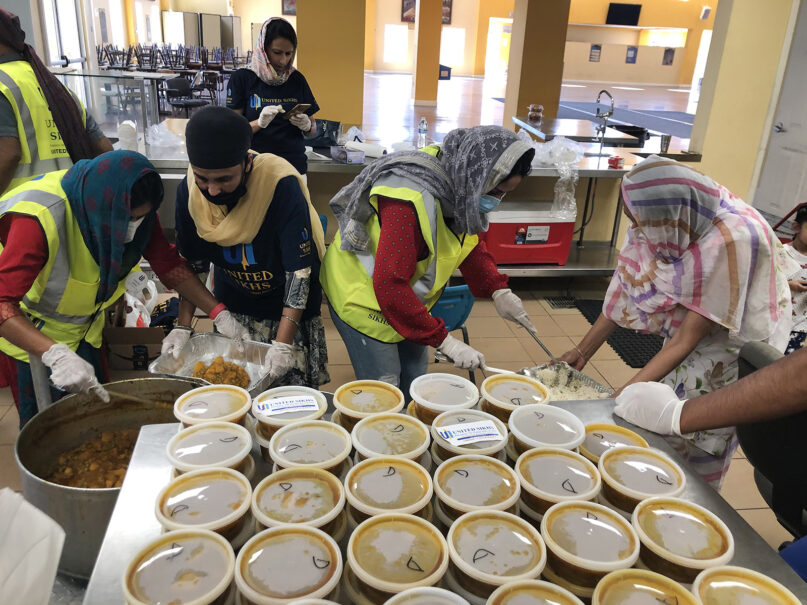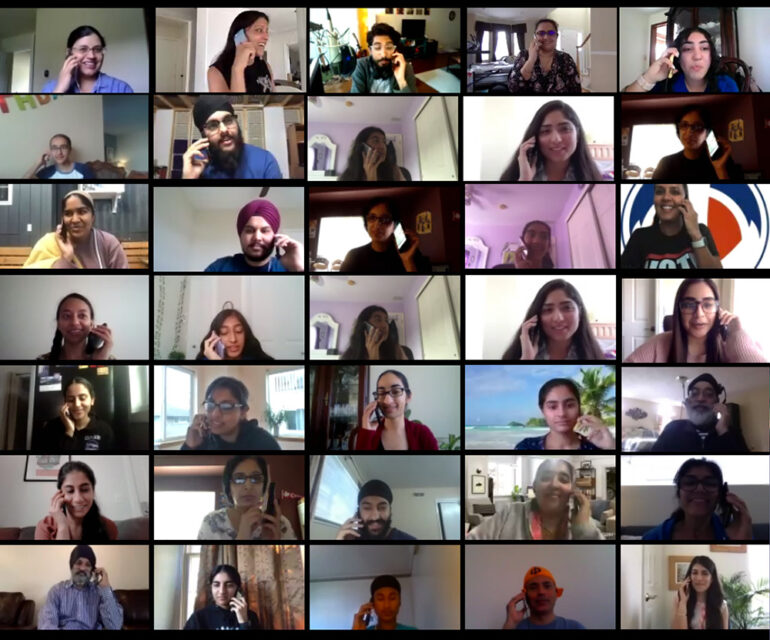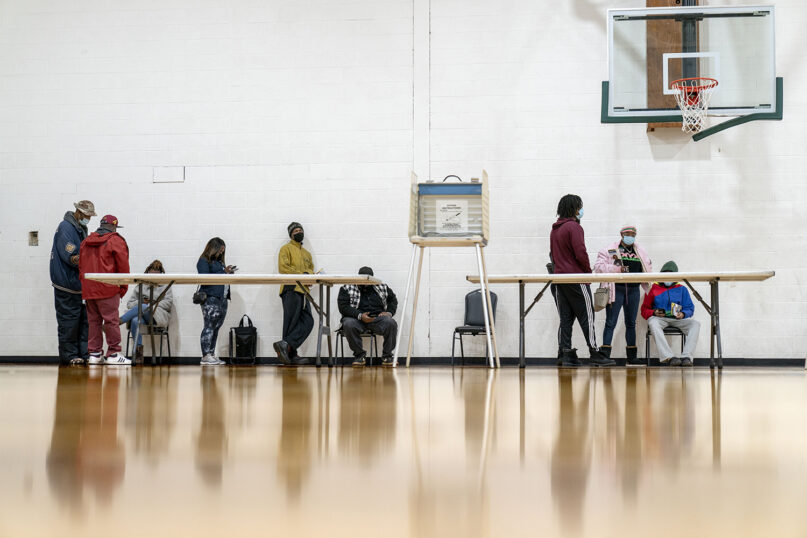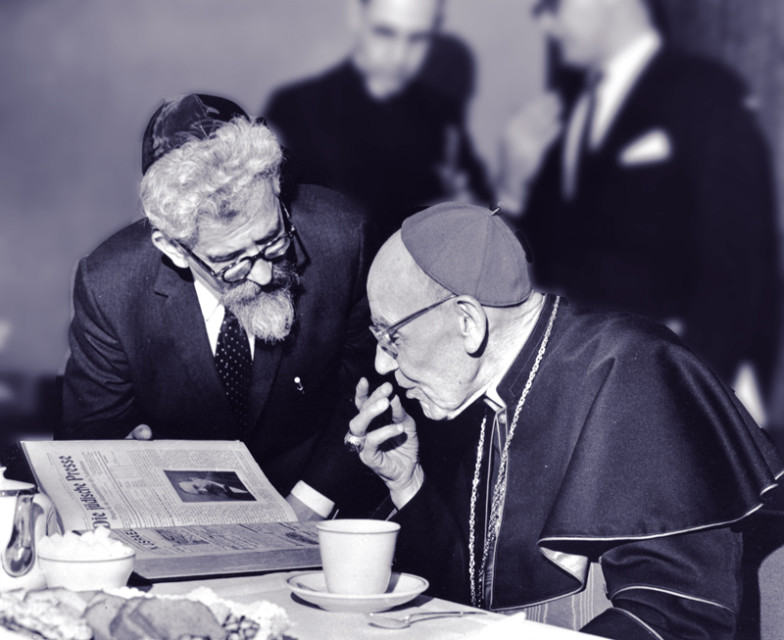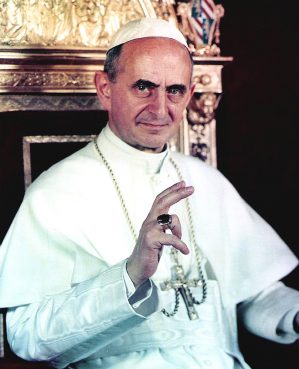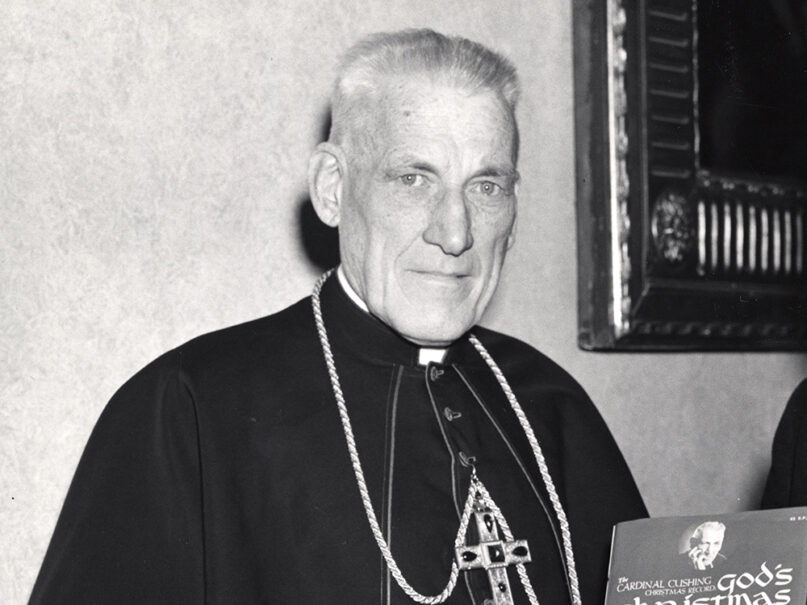Singapore 'smiley-face' activist in one-man protest charged with unlawful assembly
Jolovan Wham faces large fines over incident in which he briefly held a smiley face sign outside a police station
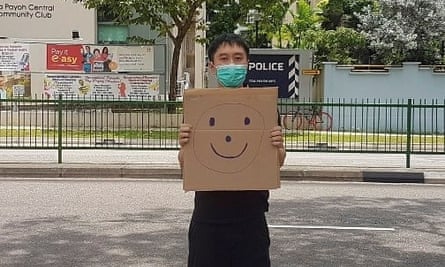
Jolovan Wham wears a mask and holds a cardboard with a drawing of a smiley face outside a Singapore police station in March. Photograph: Jolovan Wham/Reuters
Rebecca Ratcliffe South-east Asia correspondent
Tue 24 Nov 2020 06.27 GMT
Rebecca Ratcliffe South-east Asia correspondent
Tue 24 Nov 2020 06.27 GMT
An activist who held a sign bearing a smiley face as part of a one-man protest in Singapore has been charged with unlawful assembly.
Jolovan Wham said he held the cardboard sign near to a police station for just a few seconds in order to take a photo in March. The brief, lonely protest was designed to show support for two climate activists who were apparently questioned by police over a similar protest.
On Monday, he pleaded not guilty to charges of two offences under Singapore’s Public Order Act, and could be fined up to S$5,000 (US$3,700) for each case. He posted bail at S$15,000 on Monday, and will return to court on Friday.
Prior to his court appearance, Wham posted a photo of himself wearing a mask and t-shirt with smiley faces. His supporters have sent him smiley face selfies to show their solidarity.
I think it’s important to draw attention to the overbearing and draconian ways of the Singapore governmentJolovan Wham, activist
“People tend to look at Singapore as a progressive, modern, developed country – it is in terms of infrastructure, but it is a country where a lot of people also live in fear,” said Wham. “People are often afraid to speak out and say what they think about the political situation in the country, or even to talk about social issues.”
Wham, who has already served two brief stints in jail this year, said he had lost count of how many charges he faces. In court on Monday, in addition to being charged over his smiley face protest, Wham was also accused of holding an illegal protest in December 2018. He had held a sign calling for the dropping of criminal defamation charges against an editor and a writer at an online news website. The site had published a letter alleging government corruption.
He was previously convicted for organising a public assembly without a permit after he invited Hong Kong democracy activist Joshua Wong to speak over Skype at an indoor meeting. The authorities claimed he did not have a permit for a foreigner to speak at the event.
“I do what I do because I think it’s important to draw attention to the overbearing and draconian ways of the Singapore government,” Wham said.
Singapore maintains strict rules on public assemblies. Speakers’ Corner in Hong Lim park is the only area where no permit is required, but it is currently closed due to the coronavirus.
Phil Robertson from Human Rights Watch said the cases against Wham were absurd.
“You would think that the Singaporean authorities would be smart enough to not take on such a ridiculous case that will make them a laughing stock around the world, but they are blinded by their command-and-control mindset that prefers maximum response to the slightest provocation,” he said..
He added: “Singapore’s government should grow up and recognise it needs to have a national conversation about what it’s people want in the 21st century, and that requires respecting people’s civil and political rights.”
